Rendering computer
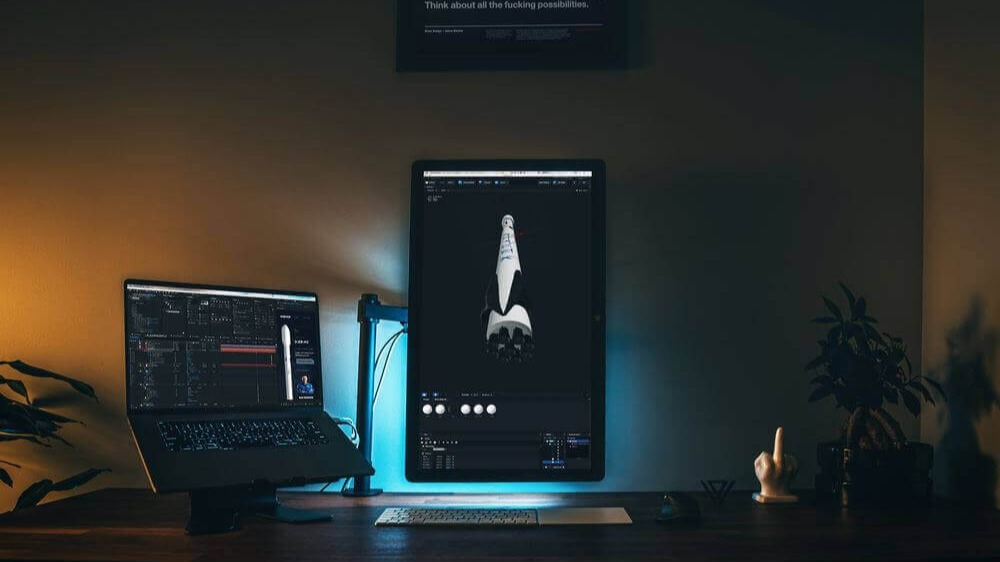
What is 3D modeling
3D modeling is the creation of a three-dimensional model with all of its characteristics in mind and is one of the main functions of a computer. Model creation applications sometimes require a lot of computing power. A model consists of a physical outline with a texture stretched over it. A physical path is a collection of polygons, vertices and faces, a kind of framework. A polygon is a flat polygonal figure.
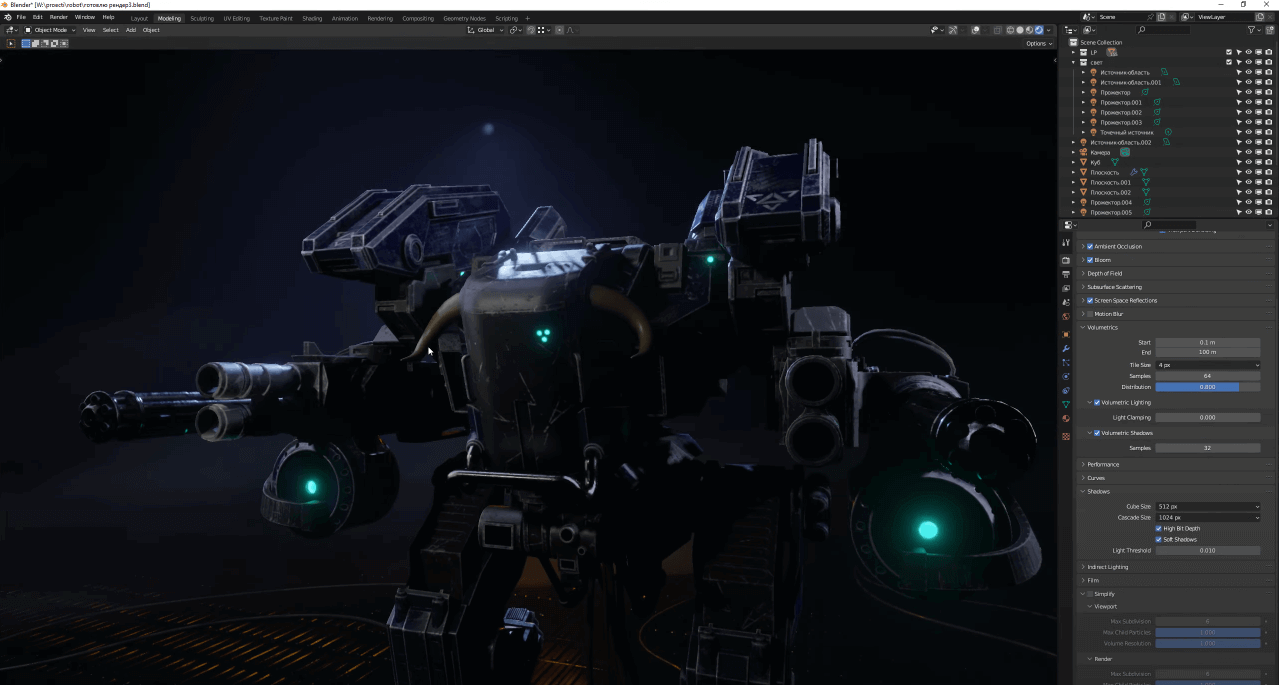
With the animation of animate creatures, things are much more complicated. First, the model is given a skeleton frame, then the skeleton is covered with muscles, and only then the work comes to skin and hair. Step by step, it all looks something like this:
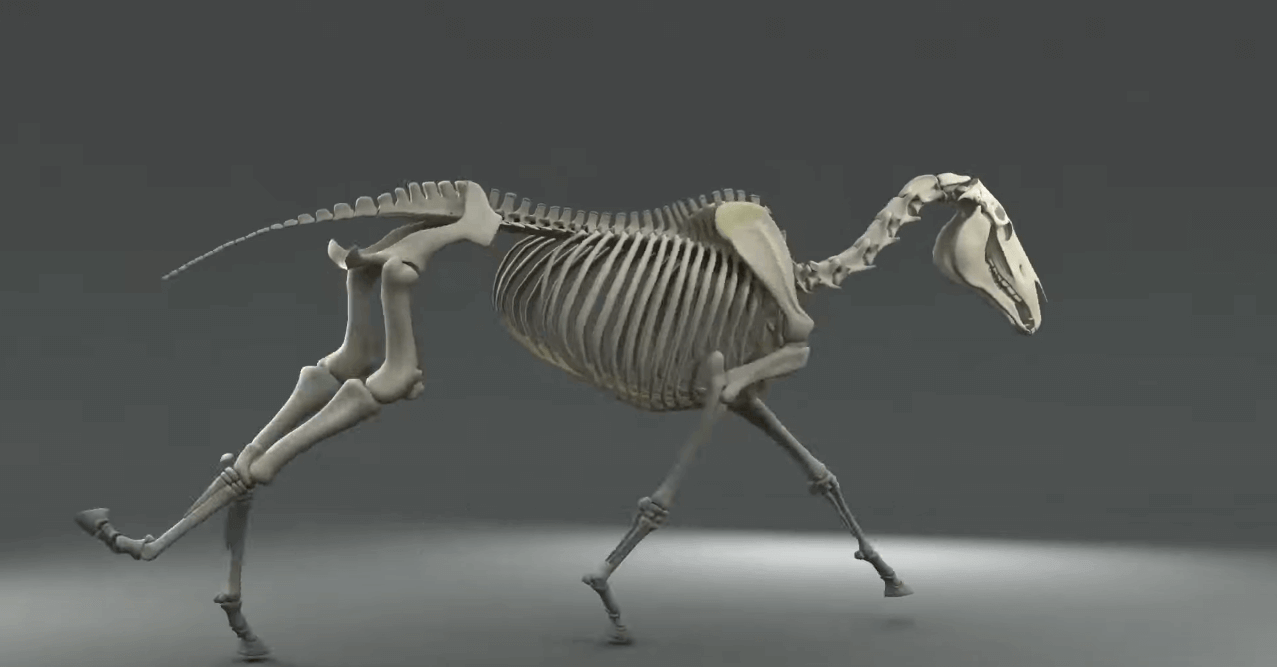
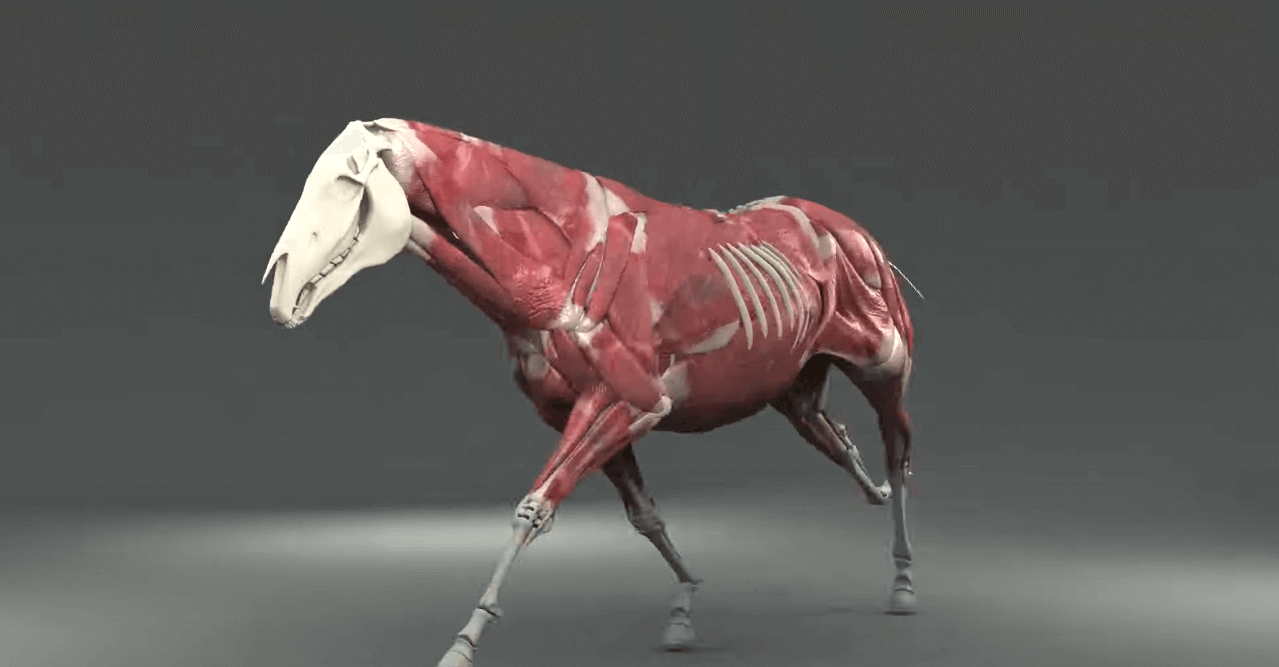
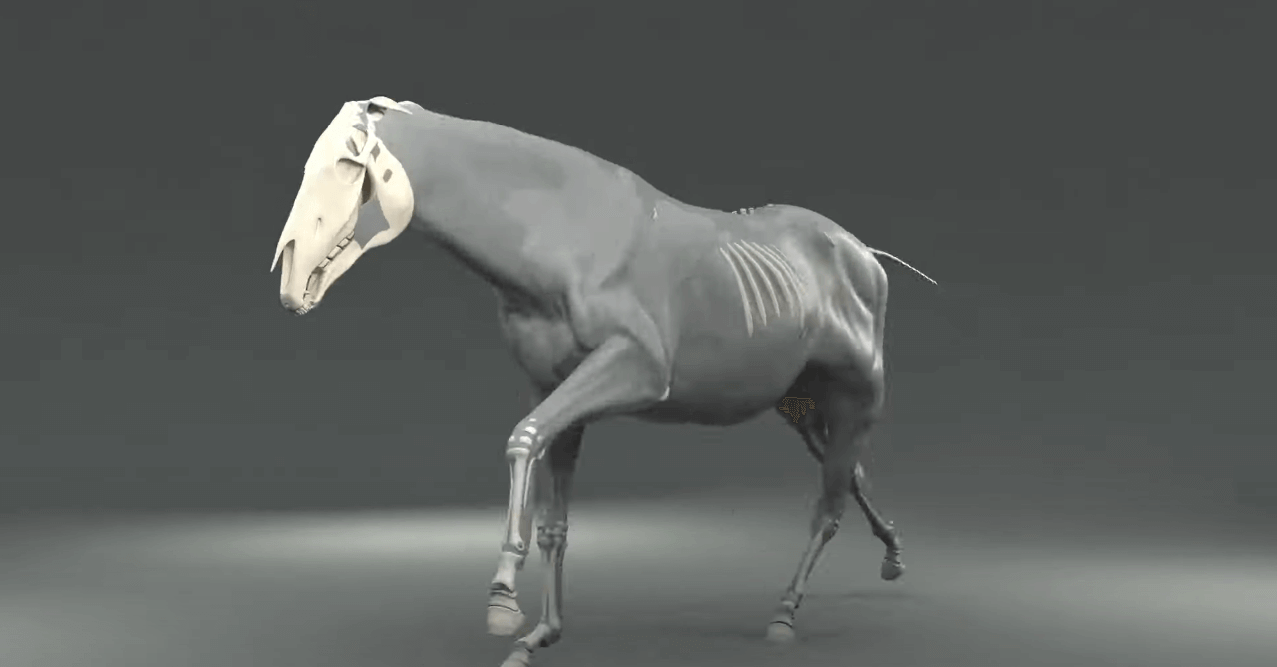
3D models are used for: video games, interior design, 3D printing, architecture, animation and movies.
In addition to the physical contour and textures, the 3D model also includes effects: shadows, colors, weather effects. All of this increases the load on the hardware many times over, but turns the layout into a finished work after rendering.
What is rendering
Rendering a 3D model is a visualization of the object taking into account all parameters: color, shadows, viewing angle, size and shapes. Only after rendering the 3D model becomes photorealistic. The rendering process is very demanding on the system. Rendering a single photo can take anywhere from half an hour depending on your computer configuration. What to say about the rendering of multi-hour films...
Rendering is done with the help of programs. There are a great many of them, but the most popular ones are AutoCAD, Maya, 3DS Max and Blender.

Rendering is most CPU-demanding, but some programs allow for video cards as well. In the rest, the same requirements to the configuration - as for any video game, but with one exception: if a video game to collect a computer "grown-up" is quite possible, then for rendering will need all the power of PC: the load on the hardware in the games is uneven, but the programs for 3D-modeling loads the CPU to 100%.
What kind of computer is needed for 3D modeling
If you look at the requirements of Blander, for example, you might think that the requirements are minimal - but they are not. Low-polygon models without shaders, textures and effects really do not load the computer, but as soon as you render the picture, you will immediately feel the difference in performance on the screen.
The minimum characteristics of the processor for 3D modeling is a 4-core processor with a frequency of 3 GHz. This is enough to render a small, not very detailed interior design for about half an hour.
Rendering on the video card is more efficient and even seems more profitable, but ... video memory in video cards is strictly limited, and the RAM to work on the processor is limited only by the purse of the PC user. For example: two video cards with 8GB of video memory each will be much more expensive than a good CPU and two 4-8 GB RAM slots.
But for heavy scenes, you should look at the multiple graphics card option. If you install five or six graphics cards through an adapter to a good motherboard you can get the fastest rendering possible. But don't look at top-of-the-line graphics cards - the costs will be too high. It is enough to buy some GeForce GTX 1070 - this graphics card shows itself well in rendering and in games.
As for RAM, here the imagination is limited only by the amount in your pocket. We need at least 16 GB of DDR4 version with a frequency of 2.4 GHz. Remember that four 4GB cards will be faster than two 8GB cards. If the textures are heavier than the RAM while loading the model, the computer will start to use the hard disk swap files, which will be extremely detrimental to your SSD disk...
I boldly mention "SSD" because only an SSD is suitable for interacting with programs. The HDD will store all the files that we do not interact with in the rendering process.
